The Devil Inside
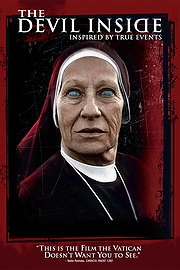
With Hollywood having apparently ordained that traditional cinematic storytelling is too much like watching a movie, Paramount Pictures’ Insurge banner continues to milk the found footage format dry with perhaps the genre’s most incompetent offering yet. As devoid of scares as it is of literally everything else, The Devil Inside makes the likes of The Last Exorcism and Paranormal Activity seem positively passable by comparison. Jesus, Satan, try harder.
Having been informed by her father – days before his own death – that her institutionalised mother had in fact been in the midst of an exorcism on the fateful night in 1989 that she murdered two priests and a nun, Isabella Rossi (Fernanda Andrade) embarks on a mission to find out the truth by visiting Maria (Suzan Crowley) in Rome. With documentary filmmaker and walking annoyance Michael (Ionut Grama) in tow, Isabella meets two disillusioned priests in a Catholic lecture on exorcism who promise to help her, each eager to act outside of the church on cases it would sooner see forgotten. Determined that she see an exorcism in action before attempting to help her mother, Isabella follows fathers Ben (Simon Quarterman) and David (Evan Helmuth) to the home of a young possessed woman the priests have been trying to help.
Opening with the utterly redundant declaration that the Vatican did in no way endorse the making of this movie – you know, just like every other film ever made – William Brent Bell’s The Devil Inside gets off to an immediate bad start. Introducing itself as a simple documentary complete with talking heads and archival footage, the film spends a considerable amount of time interviewing so-called specialists about the reality – or, in the case of the token scientist, unreality – of demonic possession, creating a distractingly dispassionate atmosphere from which the film never recovers. While many of the arguments posed, both in this opening section and by the characters later on, might be inherently interesting in their own right, they do little to facilitate the tension or horror such a movie invariably requires.
While there is indeed an argument for the found footage genre having reached the end of its life – after all, no audience member on Earth is still labouring under the delusion that any of this stuff is actually real, somewhat defeating the purpose – simple format fatigue is the least of The Devil Inside‘s problems. For the opening segment to work, the documentary would have to be at a sufficient point in its production for the additional footage and interviews to have been both sourced and implemented. This is completely at odds with the latter half of the movie, which runs in relative real-time as the director struggles to build momentum in time for the infuriating finale, one which, by its very nature, should have rendered the footage unusable.
In addition to these conceptual issues, the film also lacks desperately in content, let alone actual scares. The characters are barely sketched, each occasionally alluding to some past event in an embarrassing attempt to intimate depth, with little actual exploration. While the reasoning behind the priest’s joint rebellion against the church might receive some semblance of an explanation, we are given precious little insight into their actual friendship. Even worse, however, are Suzan Crowley and Fernanda Andrade’s pitiful attempts to establish a mother-daughter relationship worth sacrificing an hour and a half of your life for. While Crowley does a passable possessed-face, complete with scientifically measured pupil dilation – the terror, Andrade fails entirely to convince as the conflicted daughter of a convicted murderer on a globe-trotting crusade for answers.
The part that will really leave you spewing pea soup, however, is the film’s laughably abrupt ending. While the fate of the characters is essentially sealed by the nature of the found footage genre itself – it’s not called the safely received footage genre for good reason – no number of expository lectures or explicit foreshadowing can quite prepare you for how poorly handled the climax actually is. There is no dénouement, no attempt at closure and no final scare, just a horribly incidental flourish that wouldn’t befit Beetlejuice, let alone the devil himself.

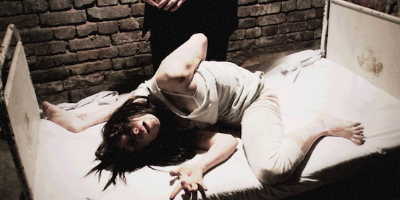
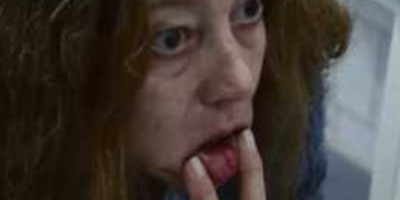
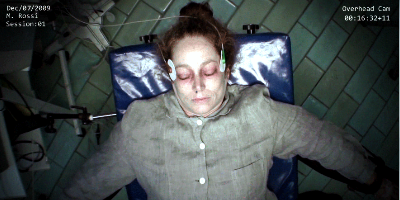
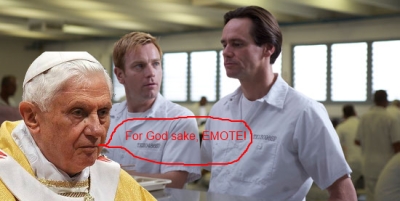
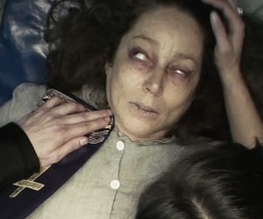
Recent Comments